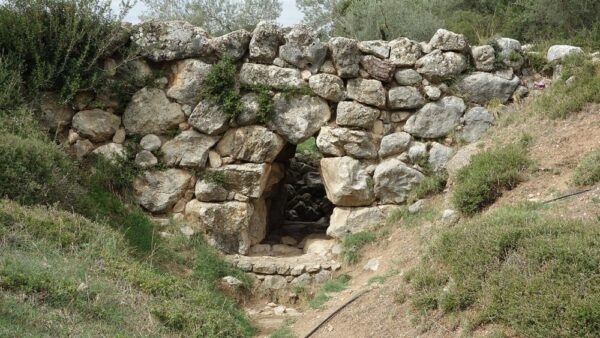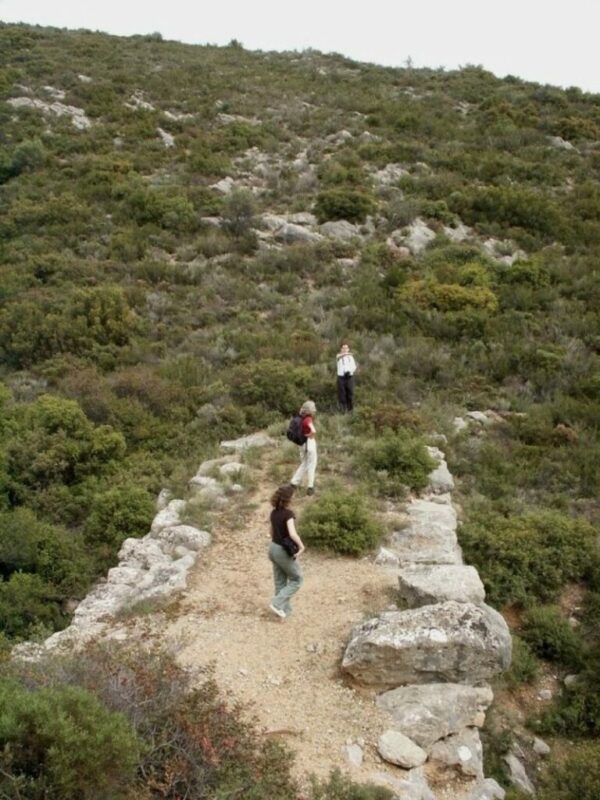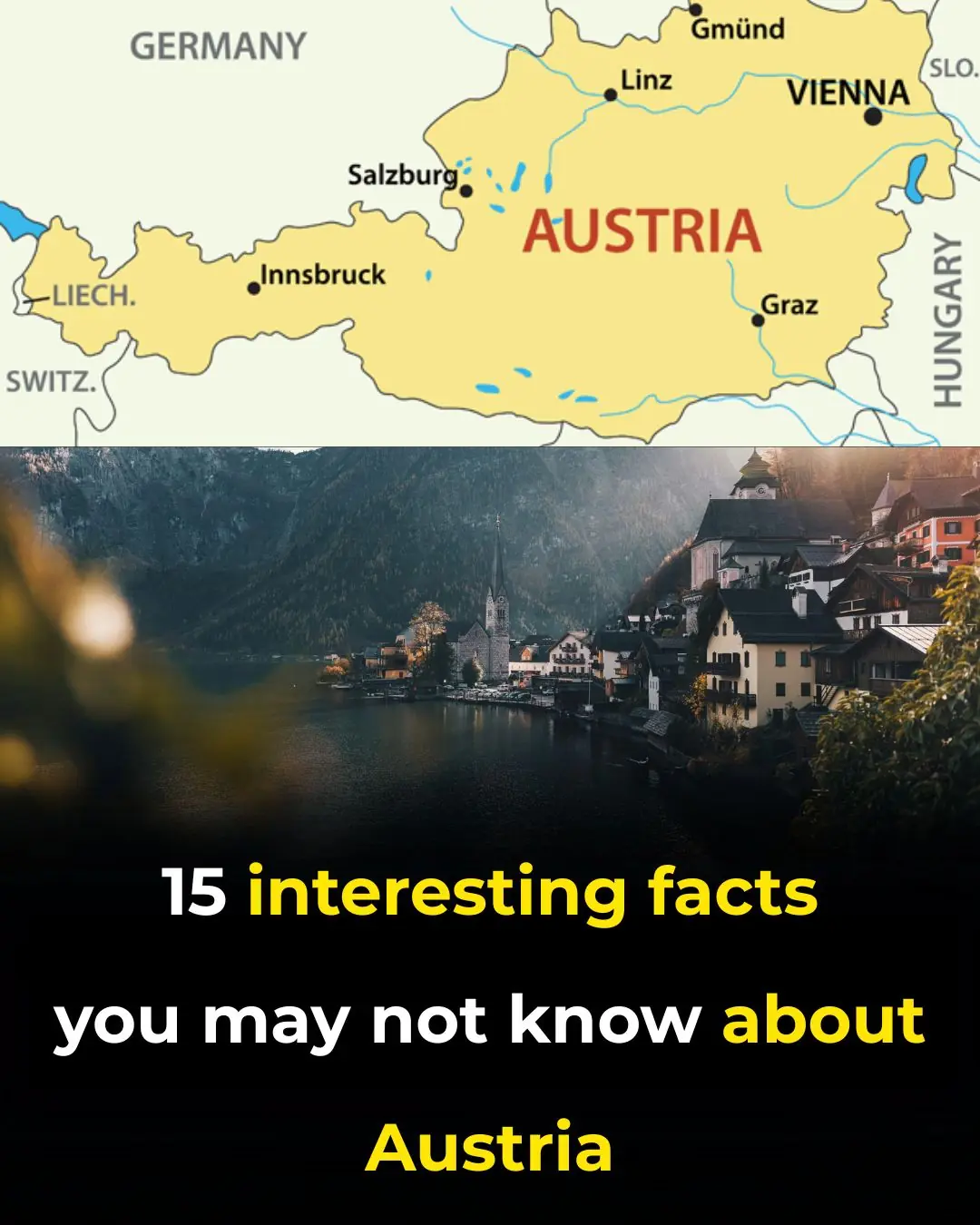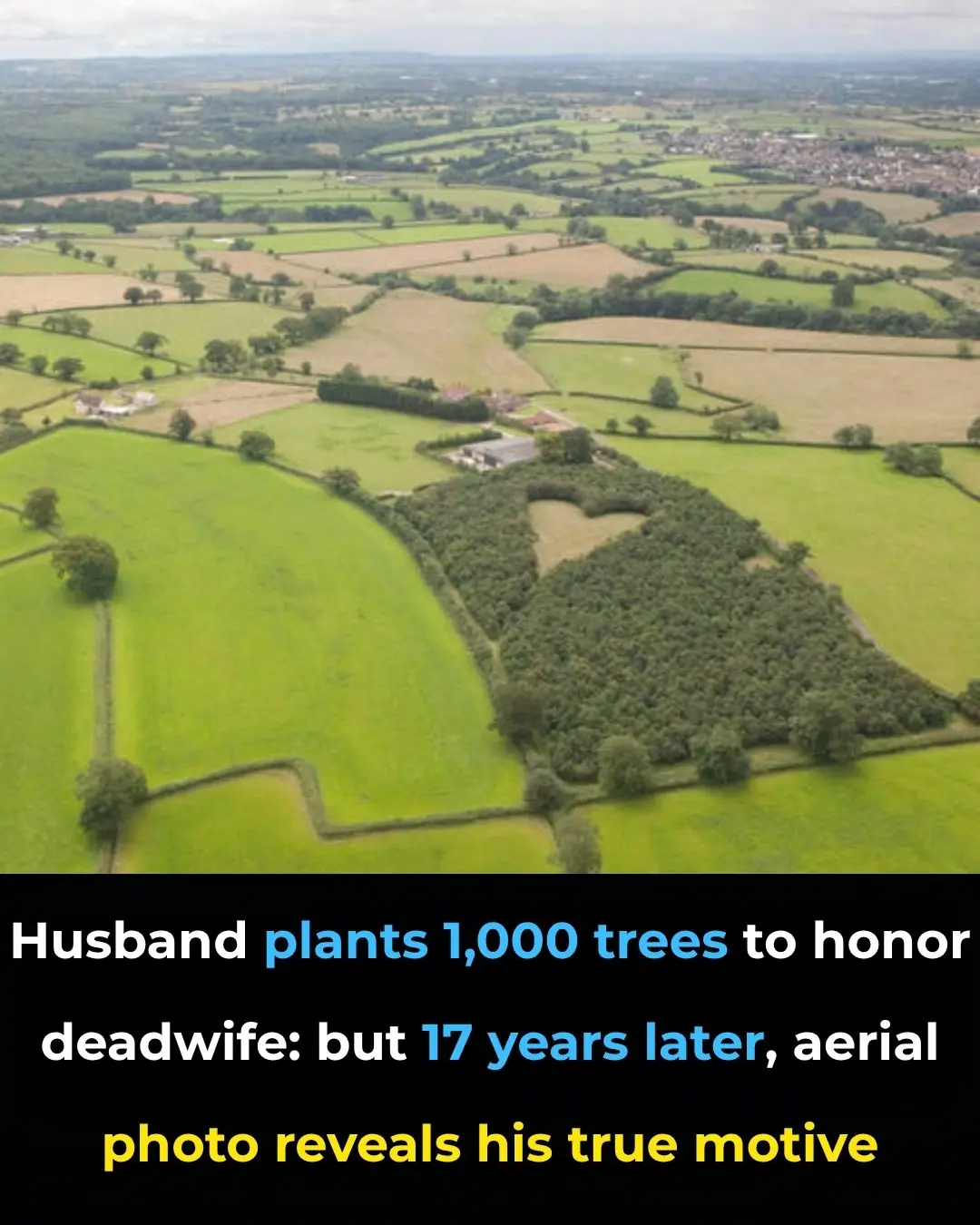
The World’s Oldest Bridge Is Still In Use, and You Can See It In Greece


Some of the earliest known bridges in the world are believed to be four Mycenaean corbel arch structures located near the Greek villages of Mycenae and Arkadiko. Remarkably, at least two of these ancient constructions have remained in functional use for over 3,000 years, a testament to the engineering prowess of the Mycenaean civilization.
All four bridges share a similar architectural design and were built during the Bronze Age in the same region of southern Greece. They formed part of a vital road network that connected major Mycenaean centers, including Mycenae, Tiryns, Tolo, and Epidaurus. These are among the earliest arch bridges still in use today, constructed between 1300 and 1190 BCE. For a long time, they were considered the oldest surviving bridges in the world until the recent discovery of the Bridge of Girsu in Iraq, which dates back approximately 4,000 years and crosses an ancient stream.
These Mycenaean bridges were not standalone structures but part of a larger military and transportation infrastructure. Built with large, uneven limestone slabs, they were designed not just for durability but also for specific functional use. The Arkadiko Bridge and the nearby Petrogephyri Bridge are still in service today, primarily used by local farmers and agricultural traffic, further highlighting their lasting strength and practical value.
The Arkadiko Bridge, like others of its kind, was built using Cyclopean masonry — a technique that involves fitting massive limestone boulders together without the use of mortar. Smaller stones and tile pieces were used to fill in gaps, resulting in a structure of incredible stability. The bridge measures 18 feet wide, 72 feet long, and 13 feet high. Despite its age, it remains safe for pedestrian traffic, and local residents occasionally use it to this day.
Interestingly, the bridge was not originally intended for foot traffic. Archaeological evidence suggests it was specifically designed for chariot use, a feature confirmed by the presence of stone curbs meant to guide the wheels of horse-drawn vehicles. Its width and gentle incline were ideal for chariots — and it is said that it could even support a modern-day chariot.
Approximately one kilometer west of the Arkadiko Bridge is the Petrogephyri Bridge, another ancient structure still in operation. It crosses the same stream and shares a similar construction and age. Though comparable in style and materials, the Petrogephyri Bridge features a wider span and a slightly taller arch vault, suggesting subtle variations in design to suit its specific location or traffic demands.
In the nearby area of Lykotroupi, located in northern Argolis, archaeologists have identified a fifth well-preserved Mycenaean bridge along another ancient Mycenaean road. This bridge closely resembles the Arkadiko Bridge in both style and size, with a base width of 5.20 meters (17.1 feet), a top width of 2.40 meters (7 ft 10 inches), and a corbelled arch span just over one meter wide. Like the others, this bridge also features stone curbs, further confirming its purpose for guiding chariot traffic across the rugged landscape.
The Petrogephyri Bridge, part of the same ancient highway running from Tiryns to Epidaurus in the region of Argolis, Peloponnese, represents yet another remarkable example of Bronze Age civil engineering. Built during the Late Helladic period (ca. 1300–1190 BCE), this network of roads and bridges showcases the advanced infrastructure of the Mycenaean civilization — an achievement of architecture and design that continues to impress historians, engineers, and visitors alike.
News in the same category


A Rare Alignment of 7 Planets Is Taking Place in The Sky This Week

Lyrid meteor shower peaks after Easter: How to spot the most ‘shooting stars’

Austria: 33 Interesting Facts You Might Not Know

15 Interesting Travel Facts You May Not Know About Italy

You Won’t Believe Why Jeans Have That Tiny Pocket – Here’s Why

Trump Sparks Outrage With Wild Claim That Nearly All Americans Died of Overdoses

Teen dies trapped inside burning Tesla Cybertruck after doors allegedly malfunctioned

Schamroth Window Test May Reveal if You Have Finger Clubbing

Farmer Plants 1,000 Oak Trees to Create Memorial for Late Wife

What Does a Thumb Ring Really Mean

Netflix loses eye-watering amount of money following Elon Musk’s call to cancel 'woke' streaming service

Nintendo sues Reddit mod for $4,500,000 in shocking lawsuit

Creators of ChatGPT reveal 44 jobs at highest risk of being taken over by AI in future

What Are These Tiny Balls in My Bed

Apple just added a new app to iPhone with iOS 26 and most people have no idea

BREAKING NEWS 🚨 Due To This Draconid Meteor Shower Earth Will Be Badly Effected Because…..See More

A High-Speed Pulsar Has Cracked the Milky Way’s Magnetic “Bone” — Racing Through Space at 2 Million MPH

Nose Picking What This Taboo Habit Really Reveals About Us
News Post

Banana Blossom: Health Benefits, Recipes, and Traditional Uses

The Stealthy Threat of the Evergreen Bagworm

Truth be told: 3 habits of using electric kettles that threaten the health of the whole family, many people do it without knowing

Drinking coffee adds one more thing: No worries about discolored teeth or bad breath

Pig skin that many people throw away unexpectedly has such wonderful uses

American doctor shows how to remove pesticides and dirt from fruits, just a few steps to reduce illness for the family

5 mistakes when drinking coffee that are harmful to your health: Especially the second type, quit immediately before it's too late

25 Incredible Benefits of Guava Leaves

Most people underestimate the power of pine needle sprite (better than you think)

A Rare Alignment of 7 Planets Is Taking Place in The Sky This Week

Lyrid meteor shower peaks after Easter: How to spot the most ‘shooting stars’

Austria: 33 Interesting Facts You Might Not Know

The tiny round hole on your nail clipper has a real job — and a few clever (safe) extras

Pork skin: the cheap cut many people discard — and how to use it wisely for nutrition and safety

15 Interesting Travel Facts You May Not Know About Italy

Boiled sweet potatoes: don’t use plain water—add a spoon of this for fluffy, deeply sweet results

3 powerful health benefits of using a bidet — plus a bonus for the planet

How to store fresh ginger so it lasts for months (even without a fridge)
